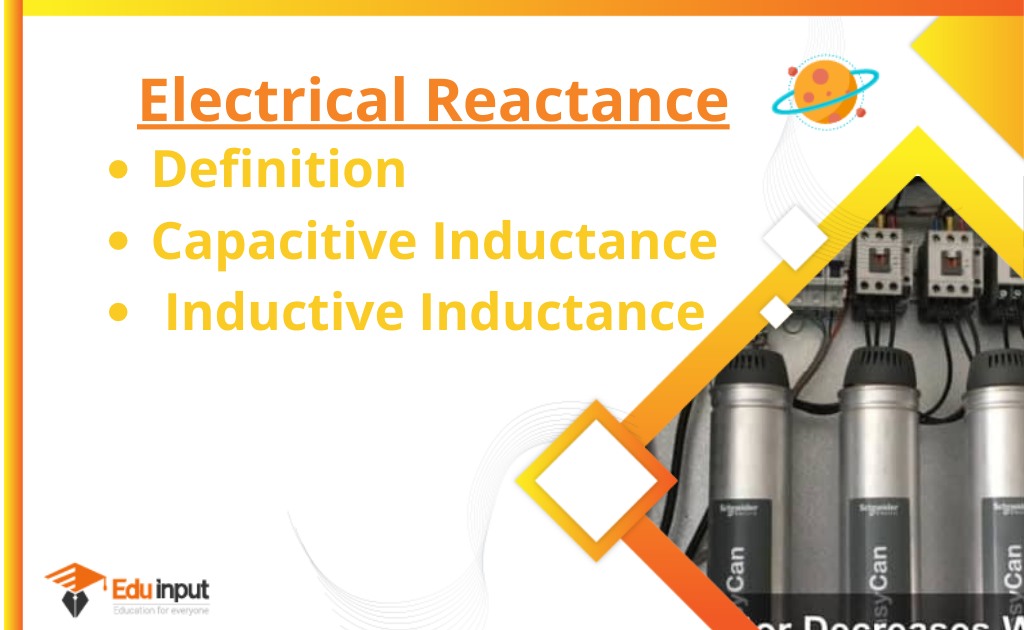What is the Current Source?-Definition, Examples, And Combination
A current source is a source that produces a constant potential difference across the ends of a conductor. Cell and thermocouples are common types of sources of current.
What is the Current Source?
A Current Source is an active circuit element that has the ability to supply a constant current flow to a circuit regardless of what the voltage develops across its terminals.
As its name implies, a current source is a circuit element that maintains a constant current flow regardless of the voltage developed across its terminals as this voltage is determined by other circuit elements. That is, an ideal constant current source continually provides a specified amount of current regardless of the impedance that it is driving and as such, an ideal current source could theoretically provide an infinite amount of energy.
A current source will have a current rating, for example, 3 amperes or 15 amperes, just like a voltage source would have a voltage rating.
Current Source examples
energy source of current converts some nonelectrical energy into electrical energy. A few examples are given below
Cell
It converts chemical energy into electrical energy.
An electrical generator
It converts mechanical energy into electrical energy. for example AC generator and DC generator.
It converts heat energy into electrical energy.
Solar cell
It converts light energy into electrical energy.
Ideal Current Source
An ideal current source is a constant current source that provides a constant steady state currently without the load connected to it producing an I-V characteristic which is represented by a straight line. Current sources can either be independent (ideal) or dependent (controlled) by a voltage or current elsewhere in the circuit, which itself can be constant or time-varying. For circuit analysis techniques for circuits that contain real active elements, ideal independent current sources are typically used.
The simplest form of a current source is a resistor in series with a voltage source that creates currents. There is a zero-value current source that can be an open circuit. The concept of current sources is that of a two-terminal element that allows the flow of current indicated by the direction of the arrow.
The current source has a value, I, in units of amperes, which are typically abbreviated to Amps. The physical relationship between current sources and voltage variables around a network is determined by Ohm’s law, as these voltage and current variables have specified values. If there are other voltages or current sources in the connected circuit, it may be difficult to determine the magnitude and polarity of the ideal current source as a function of the current.
We can know the current supplied by the current source but not the voltage across it unless the power supplied by the current source is given. If the current source is the only source within the circuit, then it will be easier to establish the polarity of the voltages across the source. If there is more than one source, then the terminal voltage will be dependent on the network in which the source is connected.
Current Source Combination
Similar to voltage sources, ideal current sources can also be connected together to increase or decrease the available current. There are rules on how two or more independent current sources with different values can be connected, either in series or parallel.
Current Source in Parallel
It is equivalent to one current source whose total current output is given as the addition of individual source currents if you connect two or more current sources in parallel. Two 5 Amp current sources are combined to produce 10 Amps, as IT i= I1 + I2.
Current sources of different values can be connected in parallel. As the arrows representing the current source both point in the same direction, one 5amp, and one 3amp would be combined to give a single current source of 8 amperes. As the two currents add together, their connection is said to be parallel-aiding.
Current Sources in Series
Current sources are not allowed to be connected together in series, either of the same value or ones with different values.
One of the reasons why series-connected sources aren’t allowed for circuit analysis techniques is that they may not supply the same current in the same direction. Series-aiding or series-opposing currents are not ideal.







Leave a Reply